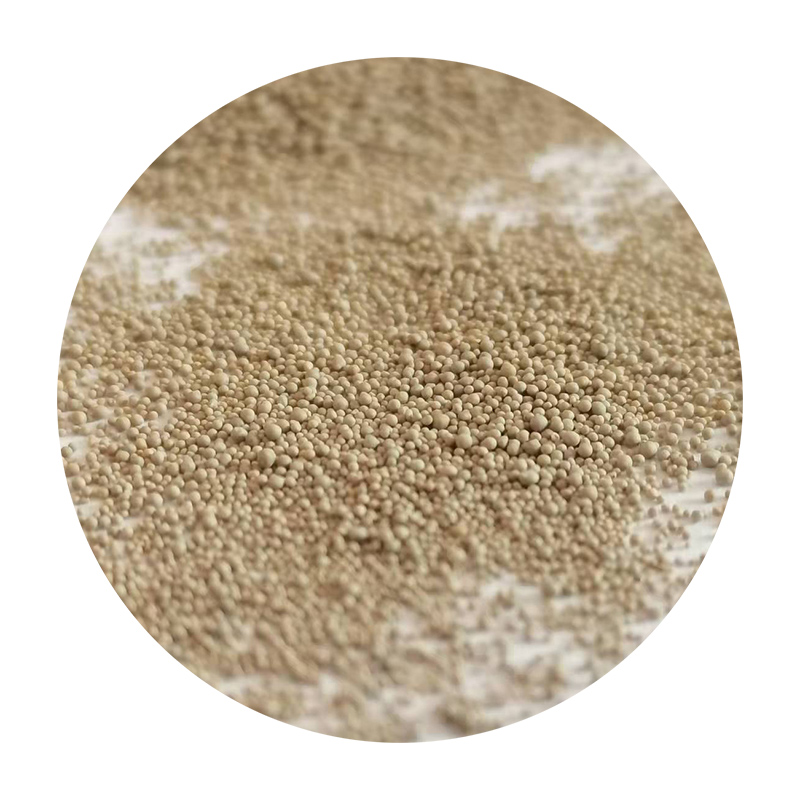Exploring the Wonders of Sand 3D Printing
In recent years, the field of additive manufacturing has seen an exciting evolution with the introduction of sand 3D printing. This revolutionary technology is transforming the way we approach design, prototyping, and production, especially in the construction and manufacturing industries. Sand 3D printing leverages the unique properties of sand as a primary material, allowing for innovative applications that were previously unimaginable.
Understanding Sand 3D Printing
At its core, sand 3D printing is a process that uses a binder to adhere grains of sand together, layer by layer, to create complex three-dimensional structures. Unlike traditional 3D printing methods that often rely on plastics or metals, sand 3D printing utilizes natural materials, making it an environmentally friendly option. The most common method of sand printing is known as binder jetting, where a jet of liquid binder is selectively deposited onto a bed of sand. Once the desired shape is constructed, the unbound sand is removed, leaving behind the solidified model.
Applications and Advantages
One of the most significant applications of sand 3D printing is in the metal casting industry. Sand molds and cores created through this process allow for intricate designs and reduced production times. The ability to produce complex geometries means that manufacturers can create lighter and more efficient components, ultimately leading to improved performance and reduced material waste. Additionally, the use of sand as a core material reduces costs associated with more expensive metals, enhancing economic feasibility for various projects.
Another notable application is in the construction industry. Sand 3D printing is being explored as a viable method for producing building materials and even entire structures. With 3D-printed sand structures, architects and engineers can push the boundaries of design, creating sustainable and customizable habitats. Projects such as 3D-printed houses and public installations showcase the potential of using natural materials in innovative ways, promoting sustainability in the built environment.
sand 3d

Furthermore, the environmental impact of sand 3D printing presents a significant advantage. Sand is one of the most abundant materials on Earth, and using it in 3D printing reduces the reliance on more harmful materials. The process can also utilize waste sand from other industrial processes, thus minimizing the environmental footprint.
Challenges and Future Directions
While the potential of sand 3D printing is promising, several challenges remain to be addressed. The technology is still relatively new, and further research is needed to improve the properties of printed sand structures for various applications. For instance, developing stronger binders, enhancing surface finishes, and increasing the overall durability of the final product are critical areas for improvement.
Another challenge lies in the standardization and scalability of sand 3D printing processes. As the demand for customized solutions grows, manufacturers will need to streamline production methods to ensure consistent quality and efficiency. Additionally, regulatory frameworks will need to adapt to this innovative technology to ensure safety and compliance in construction and manufacturing practices.
Looking ahead, sand 3D printing holds significant potential for revolutionizing how we design and construct everything from consumer products to architectural marvels. As research advances and technology improves, the scope of applications will likely expand, paving the way for more sustainable and efficient manufacturing practices.
In conclusion, sand 3D printing represents a remarkable step forward in the quest for innovative, sustainable solutions in various industries. By harnessing the unique properties of sand, this technology not only offers promising applications but also underscores the importance of developing environmentally friendly manufacturing practices. As we continue to explore and refine these methods, the future of construction and manufacturing may very well be shaped by the grains of sand beneath our feet.
Post time:Ліст . 19, 2024 21:18
Next:3d printing patterns for sand casting
